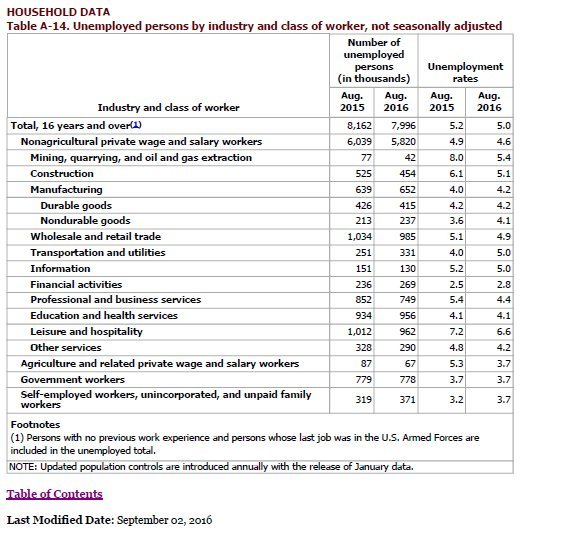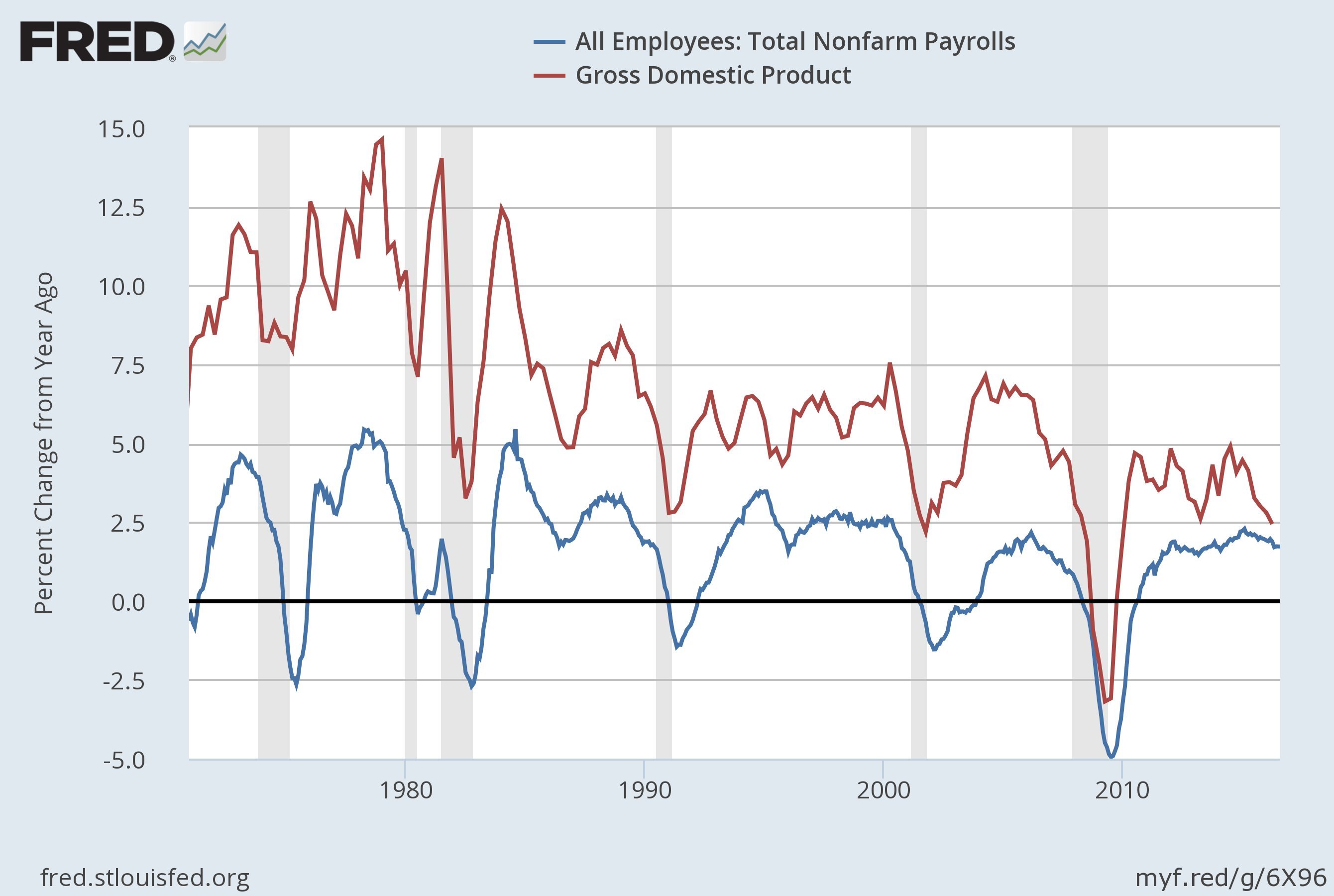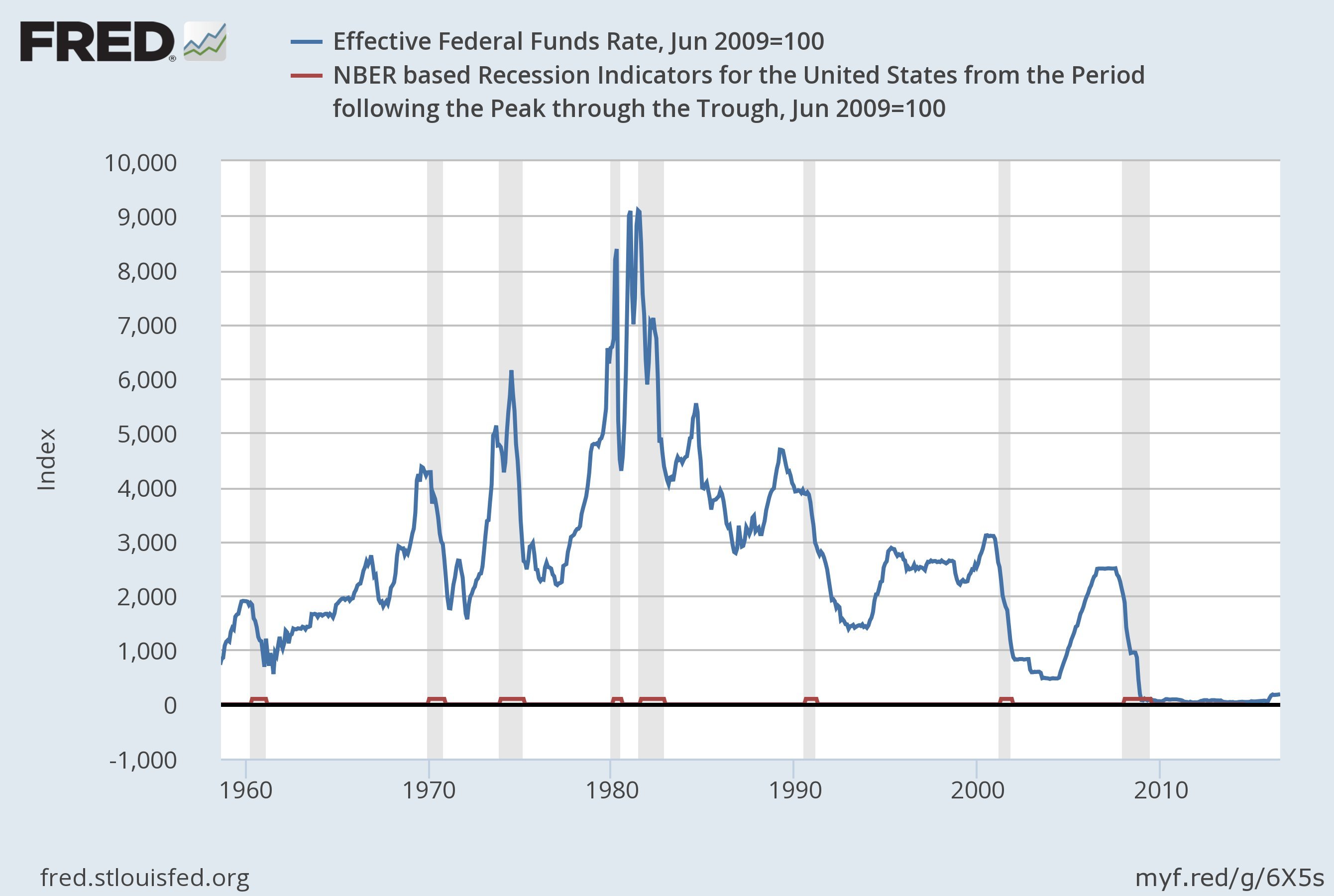Friday’s job report was supposed to give key figures to investors, to more properly assess chances of a rate hike in September. Instead, numbers added even more uncertainty: 150K new payrolls in August were below average consensus (190k), well below bullish stances (220-230) but definitely not bad enough to completely remove the hypothesis of a move in September. To summarize the other numbers, Unemployment Rate picked up by 0.1% to 4.9% with the Labor Force Participation rate coming in unchanged at 62.8%. Hourly Earnings also increased by 2.4% on yearly basis, continuing with an uptrend in a pickup in earnings that are expected to boost consumer spending and push the economy heading into 2H 2016.
Equity markets reacted positively, in line with a hold on in tightening, but Treasury Yield rose strongly and the US Dollar had mixed reactions, rallying against the Euro and the Japanese Yen, and losing just slightly against commodity currencies. Fed Fund futures also moved marginally, now pricing a 32% chance of a hike in September and 59% in December.
Digging into the numbers, there is definitely a case for keeping ahead with a process of interest rate normalization: With an Unemployment Rate below 5% and Labor Participation Rate stabilizing above 60%, Friday’s numbers show how the US economy, as whole, is still creating jobs. In addition, the most remarkable differences in terms of job creation among different industries have been sensibly narrowing, according to the Bureau of Labor Statistics (BLS) report.
Nevertheless, since the US economy is growing at the slowest pace since almost three years (Actual: 1.2%, Forecasted: 1.8%) it is highly probable that job market will lose track accordingly, receding albeit marginally from its status a fully employed economy. In addition, recent leading economic data in US were modest to weak, the IMF revised down economic growth estimates and in its recent update, before this weekend G20, it painted a gloomy picture at the very least. In such an uncertain global scenario, all relevant central banks are engaging in additional rounds of monetary stimulus (Australia, Canada, United Kingdom, Japan, New Zealand, ECB and Japan) and the remaining are ready to intervene, if necessary.
Furthermore, if we extend our view beyond the most recent numbers, we may observe that Fed’s temporal position within the tightening cycle is a key factor that cannot be ignored any longer. Relating the Effective Federal Fund Rate to the evolution of the economic cycle in the US (shaded areas are periods of economic recession), evidently shows how the Fed is clearly too late in the tightening cycle in comparison of where it should be, after six consecutive years of positive economic growth.
In conclusion, the debate on the tightening cycle is likely to continue for a while, but clearly more and more market participants are wondering whether the Fed also would be ready start a new phase of monetary easing, should the global economic scenario turned suddenly to the worse. Going against the tide rarely turns out to be the best solution, even for the Fed.
Note: All information on this page is subject to change. The use of this website constitutes acceptance of our user agreement. Please read our privacy policy and legal disclaimer. Opinions expressed at FXstreet.com are those of the individual authors and do not necessarily represent the opinion of FXstreet.com or its management. Risk Disclosure: Trading foreign exchange on margin carries a high level of risk, and may not be suitable for all investors. The high degree of leverage can work against you as well as for you. Before deciding to invest in foreign exchange you should carefully consider your investment objectives, level of experience, and risk appetite. The possibility exists that you could sustain a loss of some or all of your initial investment and therefore you should not invest money that you cannot afford to lose. You should be aware of all the risks associated with foreign exchange trading, and seek advice from an independent financial advisor if you have any doubts.
Recommended Content
Editors’ Picks
EUR/USD drops to near 1.0850, further support at nine-day EMA

EUR/USD continues to lose ground, trading around 1.0860 during the Asian hours on Friday. From a technical perspective on a daily chart analysis indicates a sideways trend for the pair as it continues to lie within the symmetrical triangle.
GBP/USD posts modest gains above 1.2650, focus on the Fedspeak

The GBP/USD pair posts modest gains near 1.2670 during the Asian session on Friday. Meanwhile, the USD Index recovers some lost ground after retracing to multi-week lows near 104.00 in the previous session.
Gold price gains ground, with Fed speakers in focus

The Gold price trades with a positive bias on Friday. The bullish move of precious metals in the previous sessions was bolstered by the softer-than-expected US inflation data in April, which triggered hope for rate cuts from the US Fed.
XRP steadies at $0.51 as Ripple plans to expand XRP Ledger, custody services in Africa

Ripple hovers close to $0.51 on Friday, above the psychologically important $0.50 level, as traders await the court ruling of the lawsuit against the US SEC and amid new commitments from the firm to expand its services in Africa.
Disputes and De-risking: US-China trade dispute changes trade flows

The bilateral trade dispute between the US and China is entering a new round and is leading to renewed discussions about the deglobalisation of global trade in goods.


